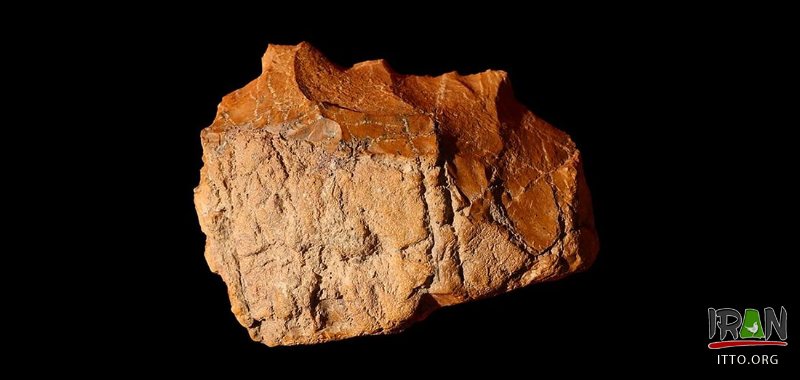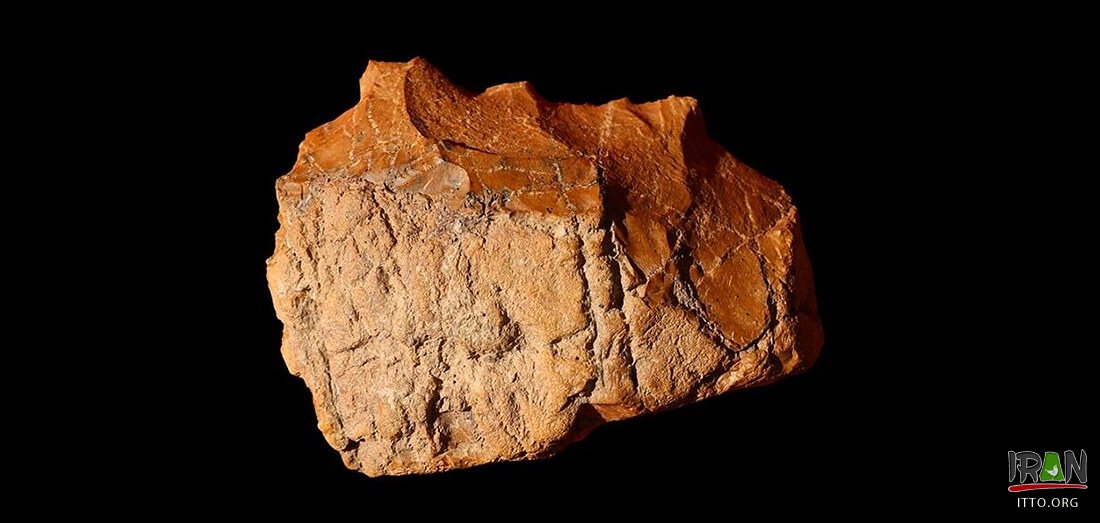A team of archaeologists has found traces of early humans and their basic handmade tools near the village of Bangelayan, southern Hormozgan province.
“Traces of early human presence, which dates over 40,000 years, were discovered in Bandar Abbas,” CHTN quoted Hormozgan province’s tourism chief as saying on Monday.
“Stone artifacts discovered from this area include parent rock, related components, modest chips, as well as serrated and abrasives tools, which were notably scattered across the area,” Reza Borumand added.
Regarding technological and typological features of the stone tools, this area can be attributed to the Middle Paleolithic, which spans [somewhat] from 300,000 to 40,000 years ago, which is coincident with the presence of Neanderthals and possibly Homo sapiens in Iran (the Iranian plateau), the official explained.
Earlier this year, the Journal of Human Evolution, suggested that Neanderthals were roaming at the Iranian Zagros Mountain sometimes between 40 to 70 thousand years ago.
The new study on a human tooth discovered in 1999 in a cave called Wezmeh near Kermanshah, western Iran, showed that this tooth that previously thought to be modern human in fact belongs to a Neanderthal child.
According to Fereidoun Biglari, head of the Paleolithic Department of the Museum and co-author of the article, this premolar tooth belongs to a Neanderthal child who was between six and ten years old at the time of death.



